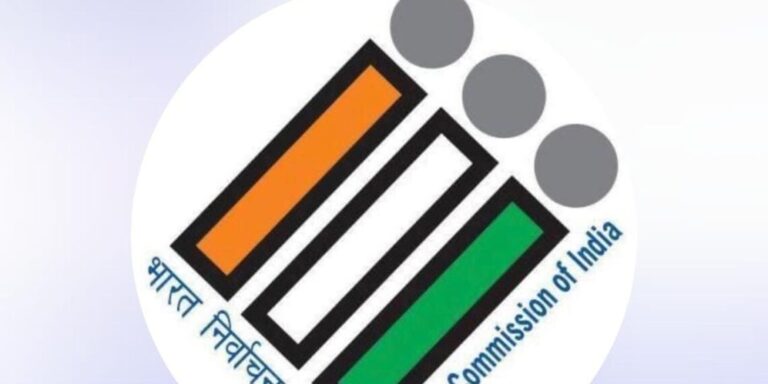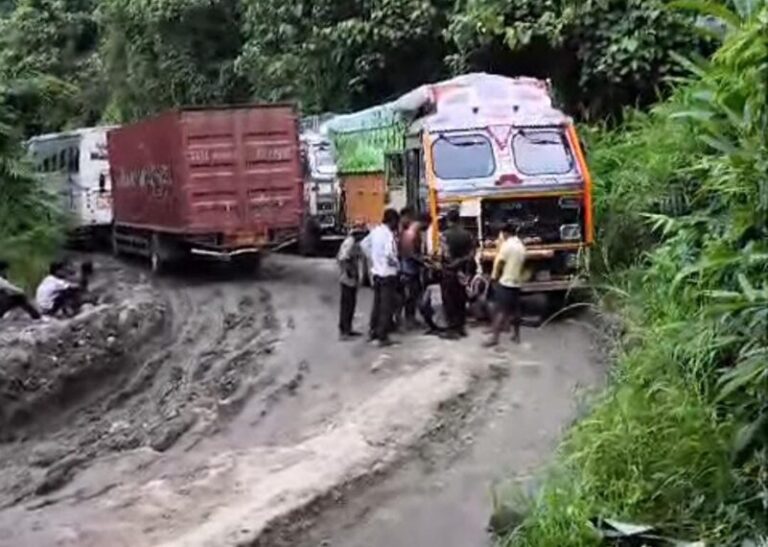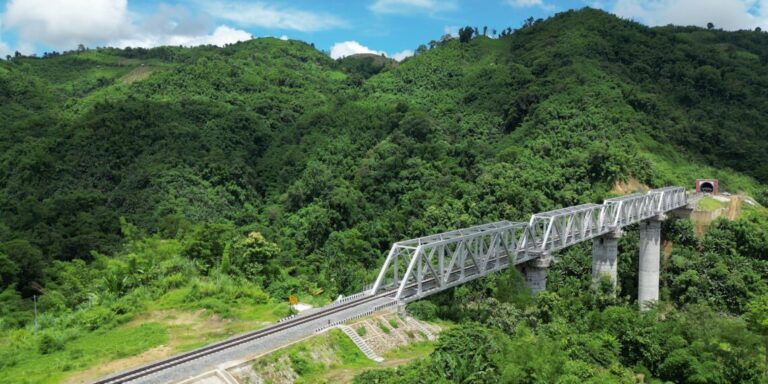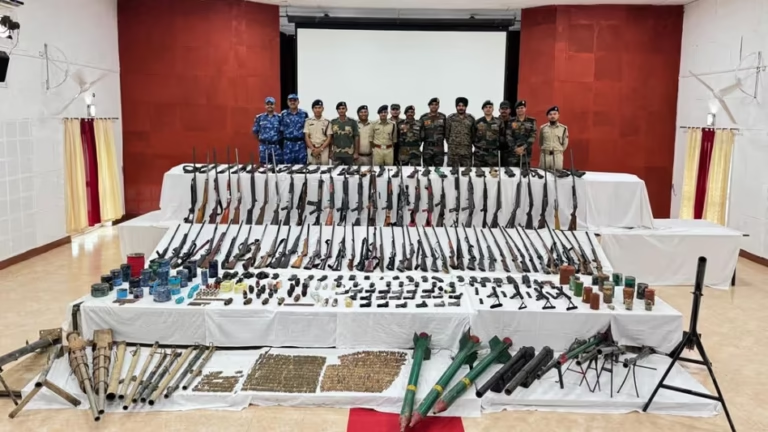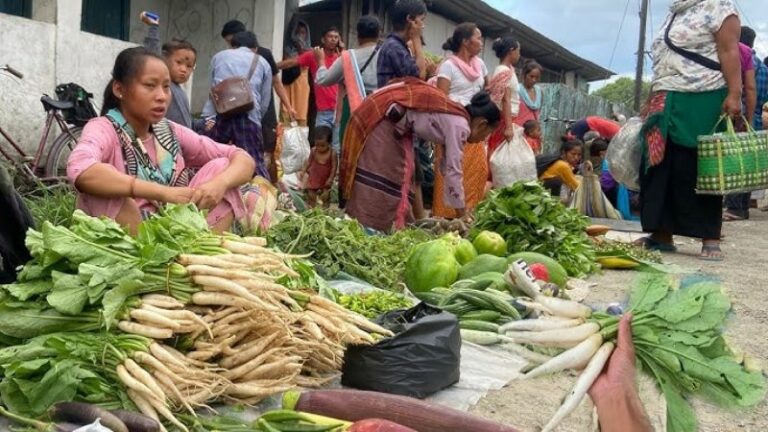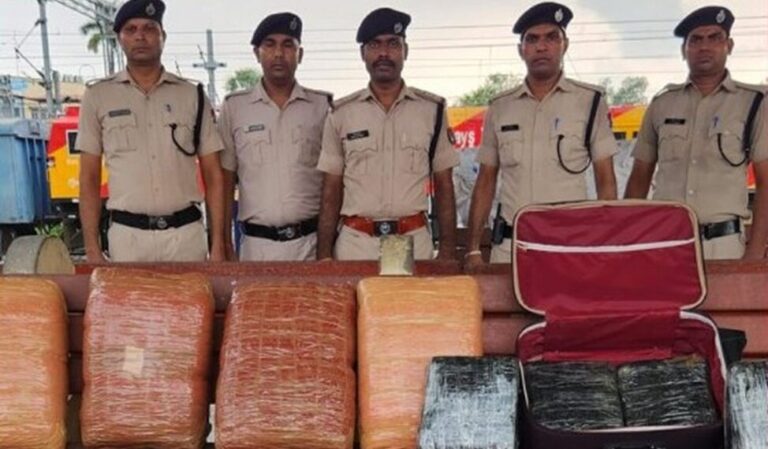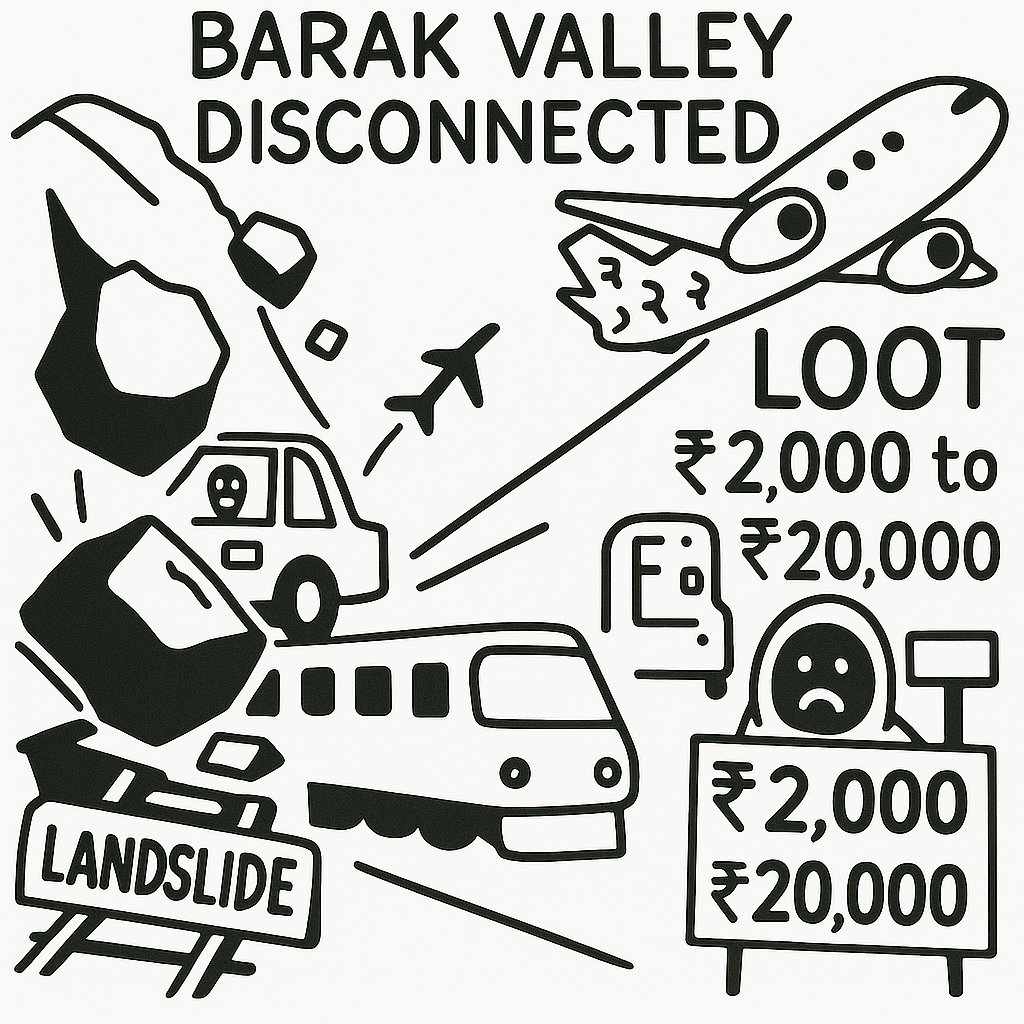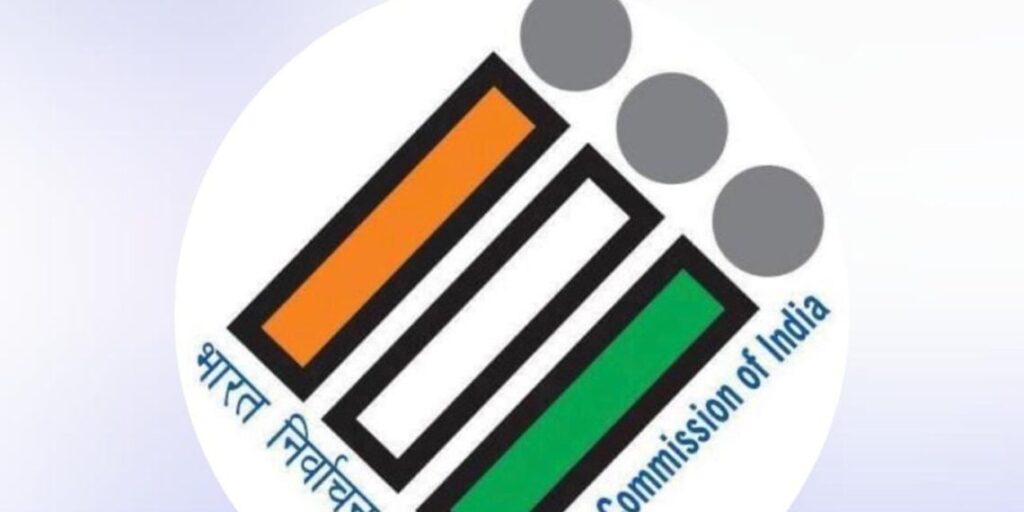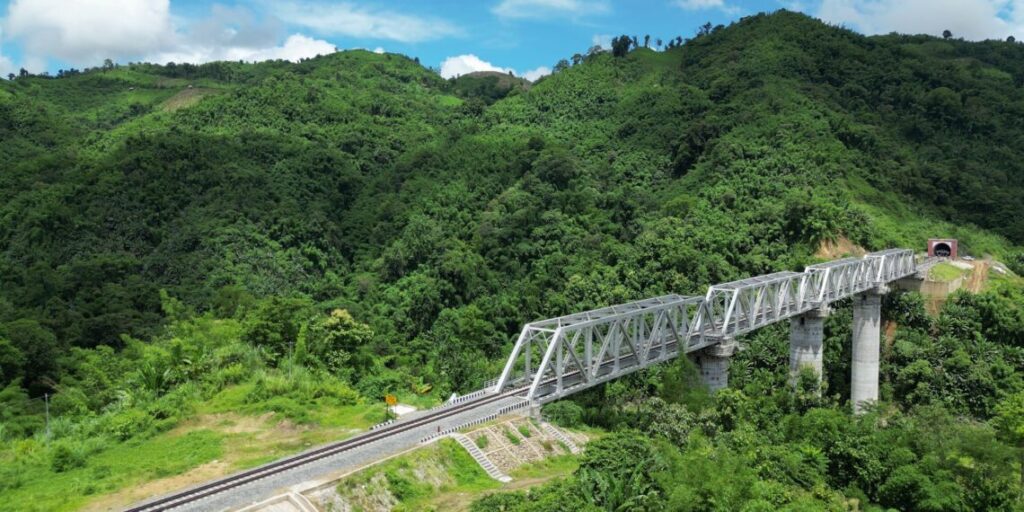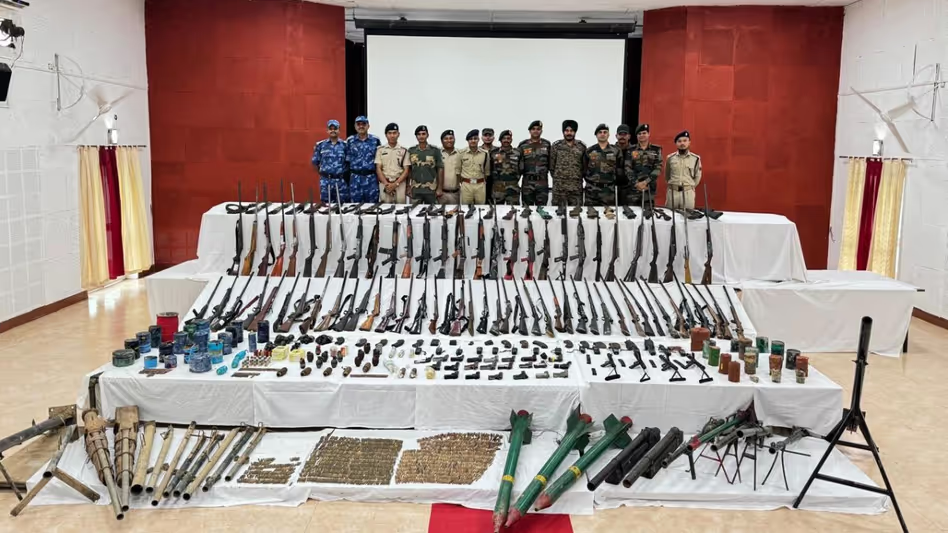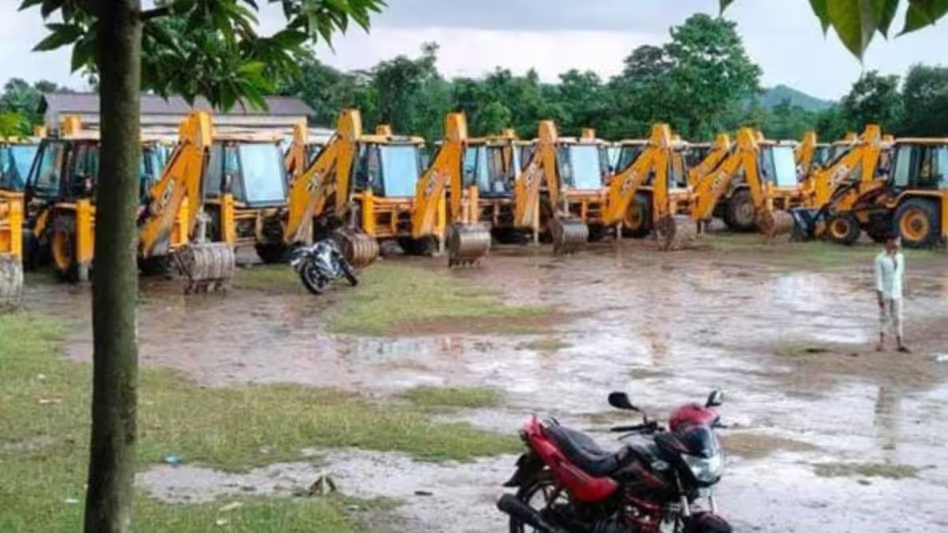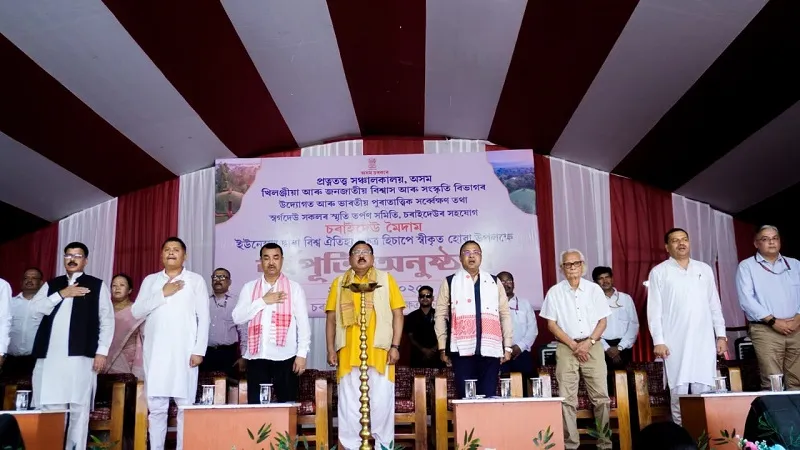The Election Commission of India (ECI) has officially finalised the Electoral College list for the forthcoming Vice Presidential election, taking an important procedural step to fill the country’s second-highest constitutional office. In a statement released on Thursday, the Commission confirmed that the updated list comprises all elected and nominated members of the Rajya Sabha as well as elected members of the Lok Sabha, in line with Article 66(1) of the Constitution and Rule 40 of the Presidential and Vice Presidential Elections Rules, 1974.
Arranged in continuous serial order and alphabetically by State or Union Territory, the finalised list ensures transparency and procedural thoroughness for the election. This move marks the formal commencement of the Vice Presidential poll process and follows the recent resignation of Jagdeep Dhankhar, which has heightened political anticipation in New Delhi. The ECI is expected to announce the election schedule soon. The election holds particular importance as the Vice President also functions as the ex officio Chairperson of the Rajya Sabha, playing a critical role in parliamentary proceedings.

